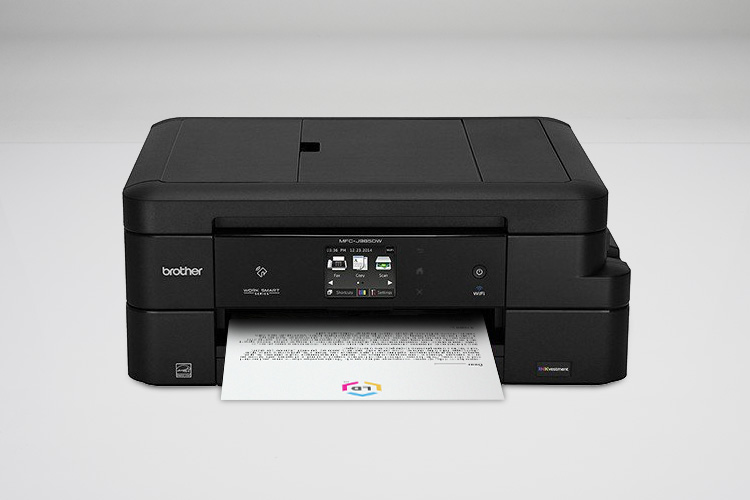If you’re a photography enthusiast, investing in a quality printer can offer you numerous opportunities to circulate physical copies of your images more frequently- like printing place cards for special dinners or holiday greetings for family and friends. “Every year, I sort through all the photos I’ve taken,” says New York Institute of Photography instructor Chris Corradino. “I chose my 12 favorites then make handmade calendars to give to my relatives as gifts.”
Not only does this method provide hobbyists with a thoughtful way to share their creative passion, it also serves as a helpful facilitator for compositional growth and self-improvement. “While sorting through my archives,” Corradino continues, “I try to ask myself what I did better this year than last and how I can make improvements for the days and months ahead.”
If you want to get started with some creative prints, here are some helpful photography tips to consider next time you’re in the field:

For Portrait Photography:
- When working with hesitant subjects who worry about their physical appearance, there are a few simple adjustments you can make in an effort to pose the composition more flatteringly.
- Try to photograph the individuals from a slightly elevated angle, asking them to tilt their faces faintly upwards- not theatrically enough to seem deliberate, but just subtly enough to elongate their necks, creating a more flattering dimension.
- You should also use logical perspective when positioning clients in relation to any other substantial objects included in the shot. Generally, if you position someone entirely in front of a similarly ample object like a piece of furniture, the subject will look more overpowering in relation- something an insecure client will likely want to avoid.
- To capture sharper focus on the subject’s eyes (something helpful in an effort to create emotion), try employing the face detection mode if your camera offers one. If it does not, simply move your active focus point to whichever one of the individual’s eyes is positioned closest to the lens.

For Wedding Photography:
- When working in the wedding photography industry, try to see each individual job as a challenge to encapsulate the unique character of every couple you’re working with.
- Get to know them before the big day by asking questions about their interests, the things they like to do together and their wedding planning process.
- Ask them which aspects of the event they’re most excited about and listen closely to how they respond. If you notice the couple keeps cracking up about their idea to wear crazy socks to the ceremony, make a mental note and remember to grab a few snapshots of it on the big day. By familiarizing yourself with their excitement, plans and personalities, you’ll be much more likely to capture that spirit more effectively when the time comes.

For Travel Photography:
- “When traveling from place to place quickly, it’s tempting to get the shot and move on to see the next thing,” says NYIP mentor Chris Corradino. “But this pace can make it difficult to be creative. A better approach involves slowing down and spending more time really observing and connecting with meaningful subjects.”
- If you want photography to be one of the main elements of your next trip, consider booking a group expedition. These are coordinated and planned by professionals who will take care of the more tedious elements like hotel accommodations, transportation and sightseeing schedules. This is helpful for many creative personalities as it alleviates a great deal of logistical stress, allowing you to channel your focus more exclusively on compositional work.

- If you’re working under a dark, overcast sky, try increasing your ISO. To avoid adding noise to the composition, take caution not to do so in excess. Experiment with a few settings until you find a balance you’re comfortable with. (Note- if you want to photograph a waterfall, save it for those cloudier days. Without the harsh contrast of sunlight, the long exposures commonly used on these shoots often appear more silky and even.)
- If you want to photograph snowfall throughout this winter, adjusting your exposure can significantly impact the appearance of the flakes. Long exposures will capture the snow in elongated streaks. Quicker shutter speeds will depict individual tiny flakes.
Regardless of your compositional preferences, make a habit of sorting through your archive on a consistent basis. Not only will this habit provide you with the opportunity to select captivating images to print and share, it will also help you gauge your artistic progress in working towards sharper shots in the future.
Want to learn more? NYIP offers accredited online photography classes that can help you improve your hobby or start a new career. Request your free course catalog today!











Leave a Reply